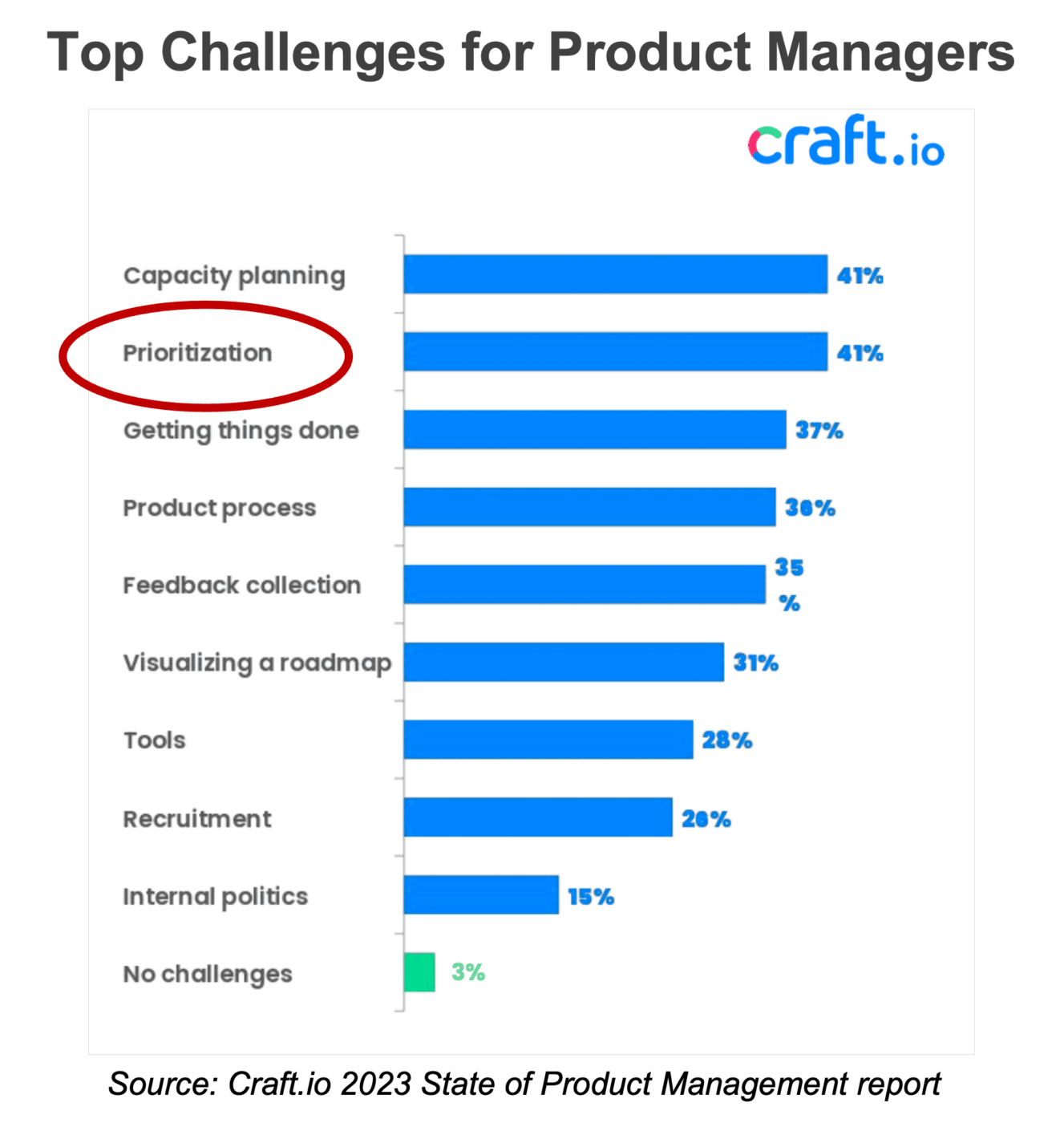Home > Blog > Use Case vs. User Story: Why You’d Better Know the Difference
Use Case vs. User Story: Why You’d Better Know the Difference

The terms sound somewhat alike, but that’s pretty much where the similarities end between “use case” and “user story.” And if you want to build successful products, you’ll need to understand the differences. You and your team will also need to know how to develop and articulate both of these mission-critical pieces of product content. That’s what this post will teach you.
Use Cases and User Stories: An Example
Bottom line upfront: Use cases and user stories work together to outline both the strategic reasoning for a piece of functionality and the tactical details of how a customer will use that functionality to complete a desired task. The use case sets the strategy, and the user stories create the blueprints for executing on that strategy.

Here’s what that might look like in practice.
Let’s say you’re the Product Manager for a fintech startup, and your flagship product is going to be an app that helps individuals and small businesses track all their monthly expenses (from credit cards, debit cards, checking accounts, etc.) in one place.
After brainstorming with your team, validating the concept with people representing your ideal buyer, researching competitors — and completing all of the other key product planning steps — you identify a few high-value strategic uses for your proposed product. You then translate these into your first use cases.
Use cases:
- Individuals and households will use our app to learn how and where they’re spending.
- Individuals and households will use our app to develop a budget.
- Small businesses will use our app to track and easily identify expenses and tax deductions.
As you can see, these use cases are concise, high-level descriptions of how your customer will use and benefit from your product. They are not detailed explanations of the product’s features or layout. And as the Product Manager, you will be responsible for crafting these strategic use cases.
You’ll then hand them off to another member of your team — a Product Owner if you have one, or perhaps someone on your development team — to translate these high-level plans into tactical instructions that your Developers can execute. Here’s what those might look like.

User stories:
Note: As you’ll see from the examples below, user stories typically follow a standard format to make them easier to craft and to understand. The format often looks like this: As a [persona description], I want to [action or task], so that I can [desired outcome].
1. Individuals and households will use our app to learn how and where they’re spending.
User story: As a [financially responsible person], I want to [automatically assign categories to each type of spending — food, fuel, entertainment, etc.] — so that I can [easily view how much I am spending on each type of expense].
2. Individuals and households will use our app to develop a budget.
User story: As a [financially responsible person], I want to [set maximum dollar amounts for each category per month, and then set alerts in the app for when I am nearing those amounts] so that I can [keep my spending at or below my monthly budget].
3. Small businesses will use our app to track and easily identify expenses and tax deductions.
User story: As a [small business owner], I want to [automatically assign categories to each type of business spending] so that I can [easily compile and calculate potential tax write-offs and make my tax preparation simpler and quicker].
As you can also see, your user stories should always map directly to a specific use case. In the next section, we’ll discuss why this is so important, and how failing to do so can lead to problems with your product.
A Hack for Writing Great User Stories
Before we jump into general best practices for writing user stories, we want to point out one simple strategy for making the whole process easier and more effective.
Make sure you’re using a product management platform that centralizes and integrates all the ingredients you’ll need to create a great user story: your user personas, feedback, and other relevant content. Pulling all of that data together in one place ensures you have the full story in front of you as you start thinking through user stories. With that in mind, Try craft.io for free.
Best Practices for Writing Use Cases and User Stories
1. Always start with use cases.
Because the use case sets the strategic stage for a piece of functionality and captures the “why” describing how it will benefit your customer, you’ll always want to craft these before your team writes the product’s tactical user stories.
2. Always map user stories to specific use cases.
This best practice is a corollary to the one above. Start with writing your high-level use cases and then limit your team’s user stories to those that directly support a use case. If you write user stories first, or write stories that you can’t map to any use case, you have no strategic justification for asking your development team to write the code for those stories.
3. Write them succinctly and using plain language.
One of the virtues of use cases and user stories is that if you craft them properly, all of your stakeholders can easily understand them. That’s why successful product teams use the format that we introduced above to write their stories. That simple construction — As a [persona], I want to [action] so that I can [desired result] — forces the team to think clearly through its proposed functionality and the reasoning behind it, and makes it easy for Developers to understand what the team is looking for.
Bonus Tip: Prioritize Only a Few Use Cases at a Time
When craft.io interviewed product professionals around the world for our 2023 State of Product Management Report, we found that one of the biggest challenges facing Product Managers is prioritization.

This makes sense. As a Product Manager, you’ll often come across more great ideas than your team can execute. (Note that the top challenge is capacity planning.) And this is why one of the secrets to a successful product strategy is focusing on only a few high-value plans at a time.
Let’s return to our fintech startup example.
In that hypothetical, your product team’s initial research led you to prioritize just a few finance-tracking capabilities at first. But let’s say your research revealed that some customers would also like it if your app helped them monitor their investments.
Your cross-functional team could easily become overwhelmed trying to satisfy these requests at the same time as well. You might need to build partnerships with the major investment brokerages to integrate into their apps and websites, for example, and your Developers will need to write plenty of additional code for an investment section of your app.
But if you carefully review and analyze the feedback from your user persona, and you find that the investment-monitoring functionality ranked as no more than a nice-to-have, you’ll be in a better position to devote your team’s time and resources on building an outstanding app focused on just a few core features that your users told you interested them the most.
And this is another reason writing use cases (and then later translating them into user stories) is a great way to help you go from product concept to successful market release. It can help you prioritize your product’s functionality more effectively.
Writing a few strategic use cases forces your team to make sure you’re focusing only on the most strategically advantageous functionality to build — and capturing a clear explanation of why and how to build it.
Bonus Tip #2: Centralize Your Product Content
Finally, a great way to ensure you have the proper context for writing successful use cases and user stories is to centralize all of the product content you’ll need to inform what you write. That includes your backlog, stakeholder feedback, product roadmap, user personas, product strategy, prioritization exercises, and capacity planning.
If you can review and analyze all of this key content in one place — like the end-to-end product platform from craft.io — you and your team will be in a better position to write use cases (and later, user stories) and build great products with confidence.

Try craft.io for free




